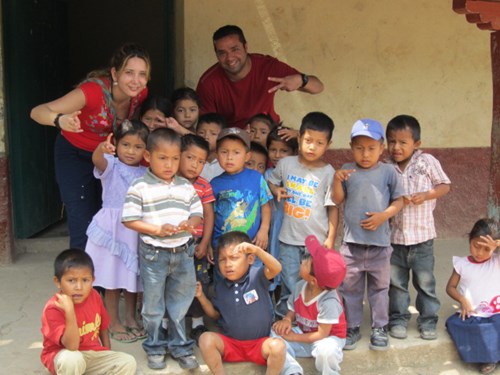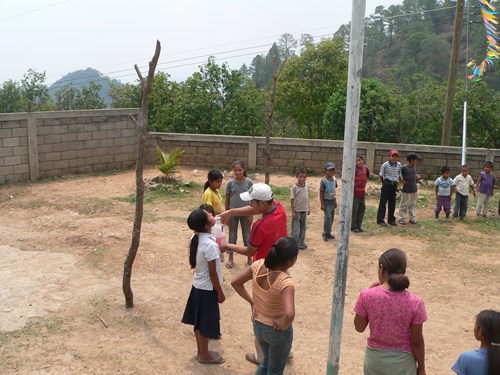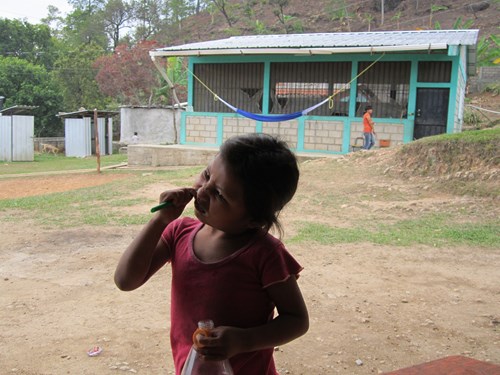Honduras - Oral Health and Care in Delicias
Honduras - Oral Health and Care in Delicias
Introduction
The Department of Family Medicine of the University of Rochester, New York, USA, in collaboration with the non-governmental organization called the Shoulder to Shoulder, operates an outreach programme in to address these needs in San Jose Centro, San Marcos de la Sierra, Departamento de Intibuca, a rural area of the country, since 2005 for the medical programme and 2006 for the dental programme. (Oral Health Education and Care for a resource poor Honduran community).
Background
In 2009, the residents of the nearby community of Delicias approached the clinic administrators in San Jose, requesting that the health care programmes be extended to include the people in this village
Delicias, like San Jose consists of a central village, Delicias Centro and surrounding six smaller villages ( Las Mesitas, Coyolar, Los Almendros, Sumursa, Pilas and Samulsan) but remotely located and requires a five hour hike over mountainous trails.
Dental care assessment of this community in 2010 revealed
- Most of the children were under 9 years old and did not use toothbrush or paste.
- Twenty one per cent of the children were free of dental diseases.
- Around 57% of the children cleaned their mouth with salt, salt water or a paste made from the bark of Quina tree.
- The village had no access to dental care.
- Need for greater access to dental care was of major concern for the community

Dr. Morales, Honduras
Project Outline
- A baseline examination of 141 children using the WHO format was performed to record the dental diseases.
- Oral health education was introduced to children including tooth brushing.
A fluoride rinsing programme was planned for the schoolchildren in Delicias. - The teachers in Delicias were trained in the clinic in San Jose to dispense fluoride rinse to school children.
- A few days after the assessment team left Delicias, two teachers and a community leader from Coyolar village arrived in the San Jose clinic to receive training and supplies for the fluoride rinsing programme.

Fluoride rinse
Achievements
In 2011, five people, two medical residents, two dentists and a translator re-visited Delicias to evaluate the progress of the programmes and future projects. Time limitations permitted dental re-examinations in only one school.
- The teachers reported that the fluoride rinsing was going well at the school in Coyolar, so this school was selected.
- All children 5-8 years old, attending the school that day were examined using the WHO format for recording dental diseases.
- There was a 35% reduction in active caries in primary teeth (15.7% dfs to 10.2% dfs).
- Thirty one per cent of the children were diseases free instead of 21%.
DMFS had decreased from 1.09 to 0.07. - The pump bottles broke and they cannot be easily replaced, so the rinsing stopped. Hence, now "sport" plastic water bottles (the ones with the spout top) are used for holding the fluoride solutions. They are readily available.
- A higher dosage provided by a 0.2% fluoride rinse is more effective in bringing about remineralisation than the 0.05% fluorides suggested.
- At a cost of 10 US cents per child per year for the materials, the rinse also is cost effective.
Conclusion
This programme demonstrated that even small public health interventions- oral health education at schools and introduction of fluoride rinsing programme can quickly make a difference in the oral diseases of the community.

Reference
Vega L, Carberry FJ. Even small interventions can improve oral health. N Y State Dent J. 2013;79:48-51.
Acknowledgment
We thank the New York State Dental Journal for the illustrations used in this presentation.
